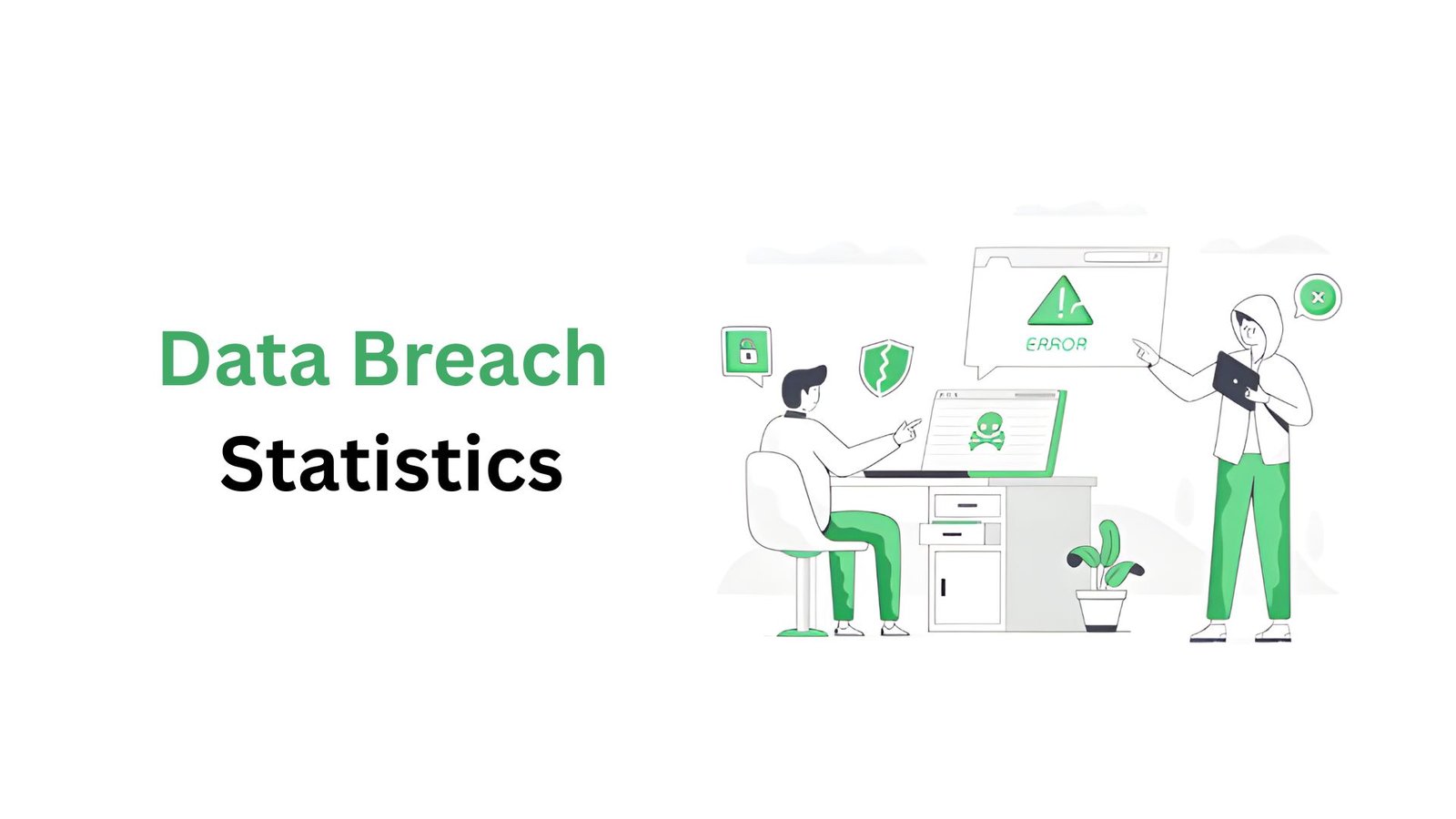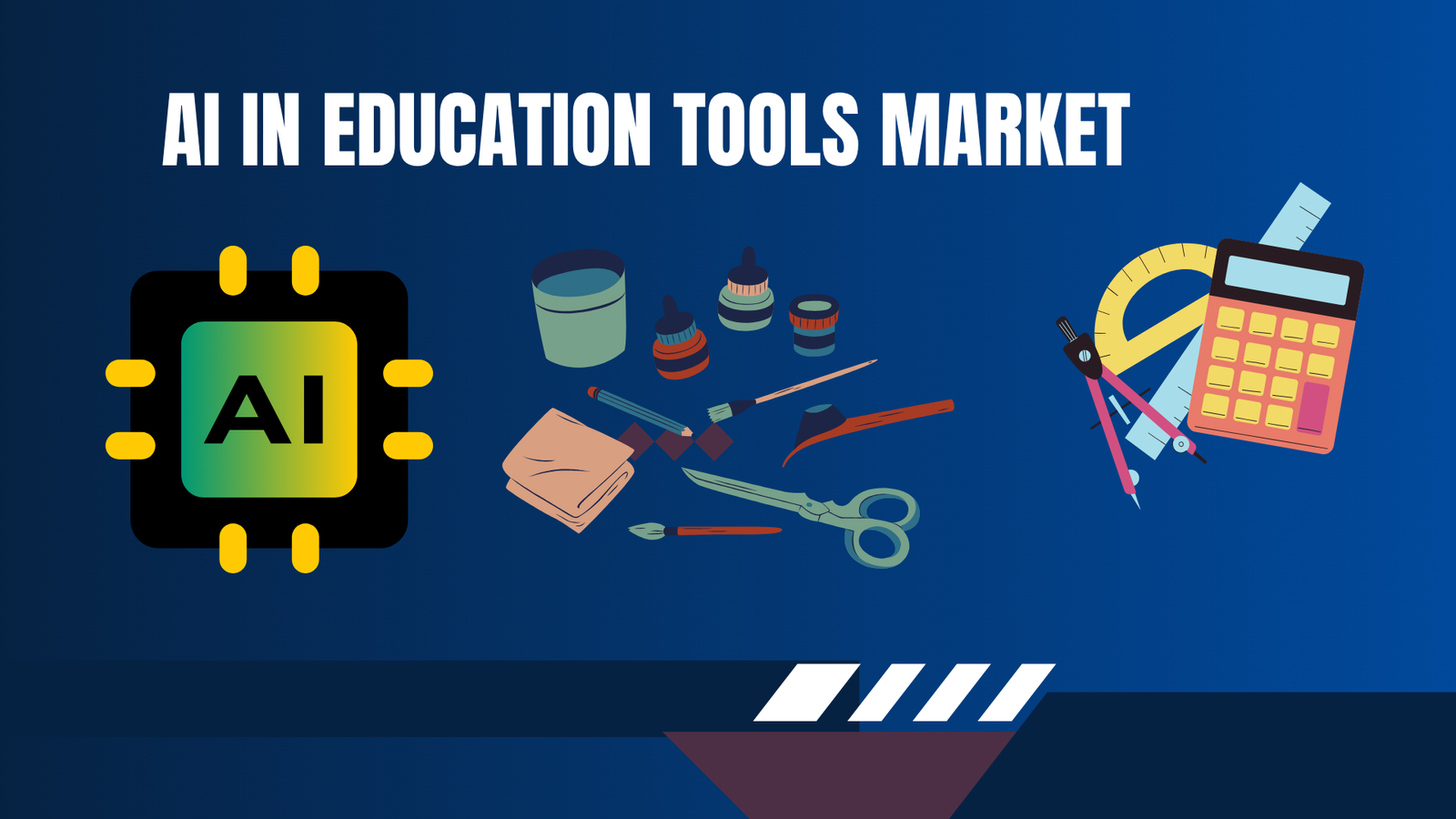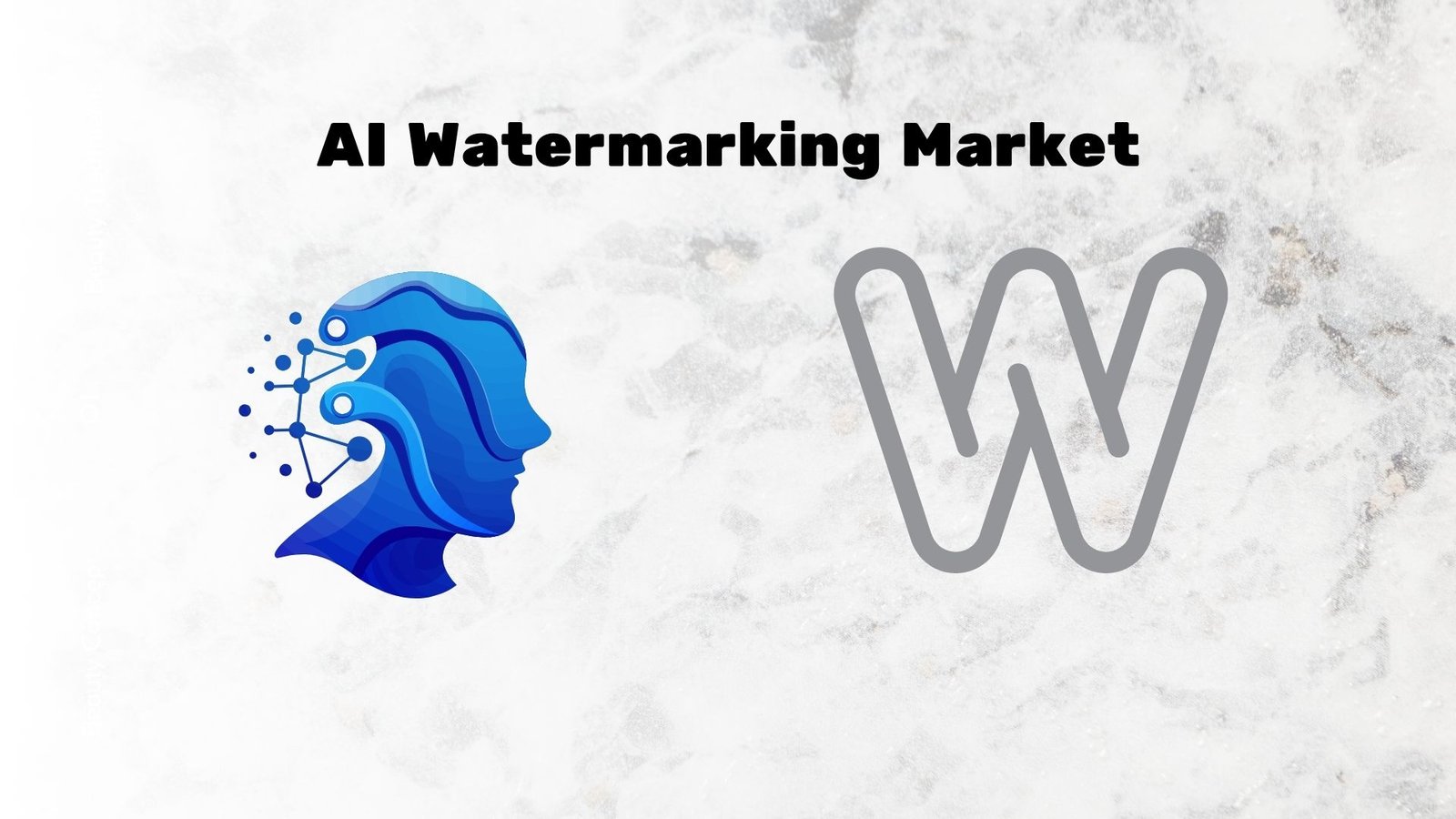Debt Collection Agencies Market to hit USD 41.7 Billion By 2033
Updated · Aug 28, 2025

WHAT WE HAVE ON THIS PAGE
Introduction
According to Market.us, The Global Debt Collection Agencies Market is showing steady progress as financial institutions and businesses rely on professional services to manage overdue payments and improve recovery rates. Valued at USD 31.3 Billion in 2023, the market is projected to reach nearly USD 41.7 Billion by 2033, reflecting a CAGR of 2.90% between 2024 and 2033. In 2023, North America maintained a dominant position, accounting for more than 40% of the global market and generating close to USD 12.5 Billion in revenue, supported by advanced financial systems, high consumer credit activity, and well-established regulatory frameworks.
The debt collection agencies market comprises firms dedicated to recovering overdue payments for creditors. These agencies serve an increasingly vital role as businesses and institutions face mounting unpaid debts and pressures to maintain liquidity. Many organizations delegate this complex task to specialist firms, given their operational demands. The growing prevalence of general consumer and corporate indebtedness has steadily driven demand for professional debt recovery services, as internal efforts often prove inefficient and resource‑intensive.

Based on data from BusinessDasher, More than 70 million American adults have faced debt collection as U.S. household debt reached USD 17.3 trillion in 2024. In 2023, about 6,431 agencies were in operation, though the industry saw a 2.1% decline in business numbers. Recovery rates remain modest, with agencies securing only 20–25% of owed debts on average, while medical debt dominates with 57% of collection tradelines on credit reports.
Debt collection practices often create strain for consumers, with 40% reporting contact at least four times a week. Traditional methods remain dominant, as 98% of agencies still use mailed letters. Complaints are significant, with debt collection accounting for 27% of all submissions to the Consumer Financial Protection Bureau, the highest among any category, highlighting the need for more balanced and empathetic practices.
Regionally, New York (725 agencies), California (706), and Texas (525) lead in the number of businesses. The financial services sector contributes 37% of industry revenue, but it has declined at 2.1% annually between 2018 and 2023. These trends point to a shifting market shaped by regulatory changes, economic pressures, and evolving consumer protection standards.
Key Takeaways
- The Global Debt Collection Agencies Market is projected to expand from USD 31.3 billion in 2023 to nearly USD 41.7 billion by 2033, growing at a CAGR of 2.90% over the forecast period.
- In 2023, the Third-party debt collection segment held the dominant position, accounting for over 50% share, supported by outsourcing trends among businesses to improve recovery rates.
- The Bad Debt segment led with more than 60% share, reflecting the growing demand for specialized collection services targeting high-risk, overdue accounts.
- By industry, Financial Services captured over 25% share in 2023, highlighting the sector’s heavy reliance on debt collection due to rising consumer credit and loan defaults.
- North America emerged as the leading regional market, securing over 40% share and generating approximately USD 12.5 billion in revenue in 2023, driven by regulatory frameworks and high consumer debt levels.
Driver Factor
Rising Consumer Debt Levels
One of the main drivers of the debt collection agencies market is the continual increase in consumer debt. This rise includes various types of debt such as credit card balances, personal loans, mortgages, and auto loans, which continue to grow due to factors like higher living costs and easier access to credit. As people accumulate more debt, more accounts become overdue, leading to an increased demand for debt recovery services from collection agencies.
The growing consumer debt increases financial pressure on lenders and businesses, creating a need for professional agencies to recover unpaid debts efficiently. Debt collection companies play a crucial role in managing these debts by helping creditors recover funds that would otherwise be lost, thus sustaining the financial ecosystem. This driver is reflected in the steady growth forecast of the market, which is expected to reach over $30 billion in 2025, fueled largely by this rising debt trend.
Restraint Factor
Tightening Regulatory Environment
A significant restraint facing the debt collection industry is the tightening of regulations aimed at protecting consumers. Many countries impose strict legal requirements on how debt collectors must operate, such as limiting contact methods and frequencies, and prohibiting aggressive collection tactics. These laws are designed to prevent harassment and protect consumer rights but also impose operational challenges for collection agencies.
Compliance with these regulations increases the cost and complexity of debt collection efforts. Agencies must invest in legal expertise and technology to ensure they do not violate laws like the Fair Debt Collection Practices Act (FDCPA) in the US and similar consumer protection laws elsewhere. Non-compliance risks include heavy fines and reputational damage, which restrain the aggressive pursuit of debts and can reduce collection efficiency.
Opportunity Analysis
Adoption of Artificial Intelligence
An important opportunity for debt collection agencies lies in the adoption of artificial intelligence (AI) and machine learning technologies. AI tools help agencies analyze debtor behavior to predict payment patterns and tailor communication strategies, significantly improving recovery rates. These technologies also automate many manual tasks, increasing efficiency and reducing human errors.
The use of AI is also helping agencies move toward more customer-friendly, ethical approaches by personalizing interactions and offering convenient self-service payment options. This trend is expected to broaden market reach and enhance debtor satisfaction, creating better collection outcomes. Agencies leveraging AI and automation stand to gain a competitive advantage in a rapidly evolving market.
Challenge Analysis
Economic Downturn and Rising Debt Volumes
A major challenge in debt collection is managing the growing volumes of debt in the context of uncertain or weak economic conditions. Economic downturns often lead to job losses, reduced incomes, and higher consumer indebtedness, which increase the difficulty of recovering debts. At the same time, these conditions put pressure on agencies to improve collection efficiency without resorting to harsh tactics that could harm their reputation.
Additionally, outdated technology and limited customer insights in many agencies hinder their ability to develop holistic recovery strategies and reach vulnerable debtors effectively. Data security concerns and the need to adapt constantly to shifting regulatory policies further complicate operations. These challenges require continuous innovation and investment in technology and customer management skills.
Key Market Segments
By Agency Type
- First-party agencies
- Third-party agencies
- Sale of debts
By Debt Type
- Bad Debt
- Early Out Debt
By Application
- Financial Services
- Healthcare
- Student Loans
- Government
- Retail
- Telecom & Utility
- Mortgage
- Others
Top Key Players in the Market
- Aspen National Financial Inc
- Atradius Collections
- Capital Collections LLC
- Cedar Financial
- Encore Capital Group
- IC System PRA Group
- Prestige Services Inc.
- Rocket Receivables
- Rozlin Financial Group, Inc.
Sources

Barry loves technology and enjoys researching different tech topics in detail. He collects important statistics and facts to help others. Barry is especially interested in understanding software and writing content that shows its benefits. In his free time, he likes to try out new healthy recipes, practice yoga, meditate, or take nature walks with his child.









